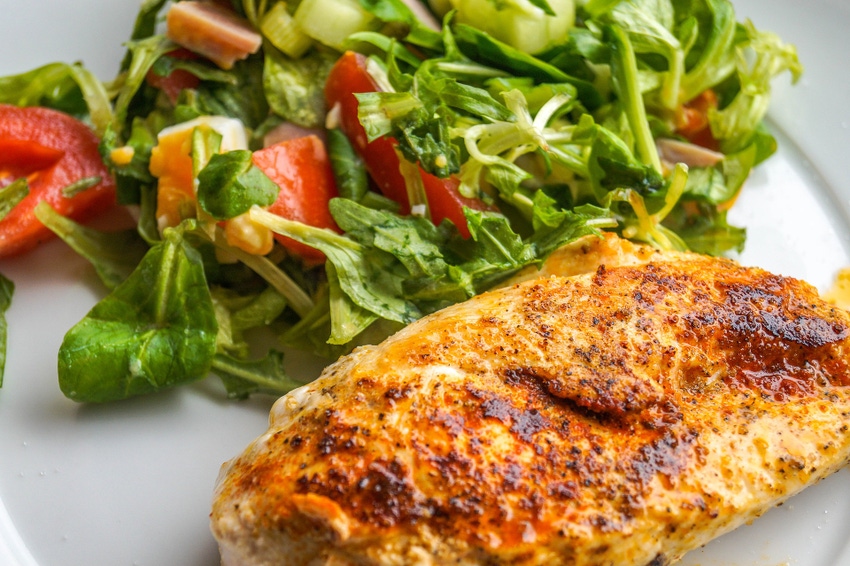ASF to send restaurant food costs higher
Rabobank says few suppliers willing to lock in longer time frames as uncertainty looms.
May 23, 2019

Restaurants have experienced a favorable food cost environment for the past two years, which has helped compensate for rising costs in other areas such as labor and real estate. However, Rabobank expects the situation to change for proteins the second half of the year and into 2020 following the African swine fever outbreak.
“While most restaurants have locked in much of their 2019 needs, few suppliers are willing to lock in prices for longer time frames, given the prevailing uncertainties,” Rabobank analysts noted. “So, restaurants should expect to pay higher prices in the future. That protein costs will increase is almost certain, but conditions such as trade deals or disease expansion into new geographies could alter the pace and rate of these increases.”
Rabobank explained that the U.S. faces some sort of export restriction in all three major proteins for China. While these can be impediments in the short term, Rabobank believes that product will find a way to China regardless, either directly or indirectly, through other countries supplying China. As such, all proteins in the U.S. will face increased export demand to varying degrees and lower domestic availability, which will translate into higher prices domestically.
Regarding pork, Rabobank reported that sizable exports to China have been recorded in recent weeks, despite restrictive tariffs. Lean hog futures are also trading near contract highs, and prices for most pork products are nearly 25% above year-ago levels.
“Product prices are expected to move even higher in coming weeks as direct exports to China begin, but the strongest upward pressure is expected in the second half of the year,” Rabobank said, adding that exports would be even higher if U.S.-China trade negotiations were to result in a reduction of the current tariff, although that outcome seems unlikely at present.
Rabobank said poultry will be the primary substitute for filling the global pork void, and while chicken exports to China continue to be banned, stronger demand from other countries no longer being supplied by their traditional trade partners will tighten U.S. chicken supplies.
“Local buyers can expect to find enough product domestically, given the growth in domestic production, but at higher prices than would have been expected in the absence of ASF,” the analysts said.
Beef prices will also increase on the back of ASF, but Rabobank noted that it will be the last protein to see the increases materialize.
“At present, the U.S. has a record number of cattle on feed, ensuring ample supply for exports and the domestic market,” the bank explained.
Rabobank expects beef prices to go through a seasonal pre-summer low, with increases to be seen around October. However, the bank did suggest that quick-service restaurant patty prices will be the most vulnerable component of the domestic beef market, since increased shipments of manufacturing beef from both Australia and New Zealand to China are resulting in reduced imports into the United States.
Source: Rabobank, which is solely responsible for the information provided, and wholly owns the information. Informa Business Media and all its subsidiaries are not responsible for any of the content contained in this information asset.
You May Also Like



